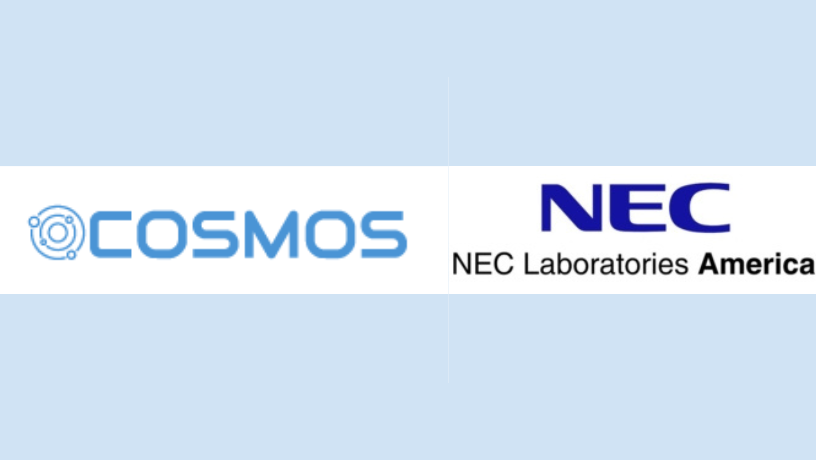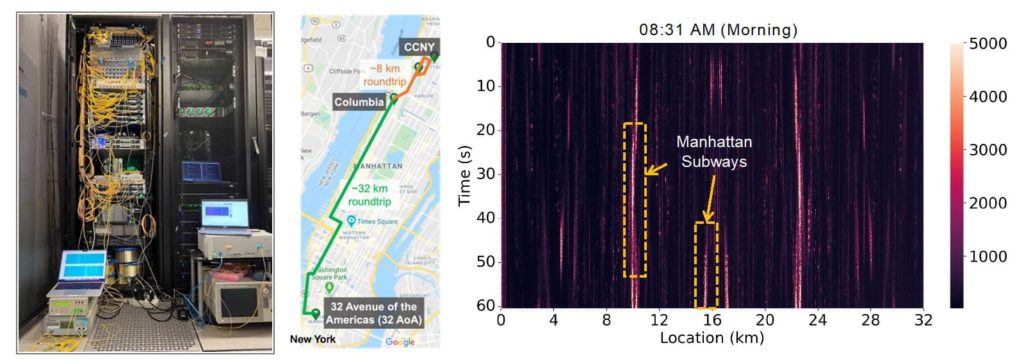
NEC Corporation, NEC Laboratories America, Columbia University, Duke University, and the SFI CONNECT centre at Trinity College Dublin have jointly demonstrated open transponder whitebox technology in a recent field trial to support data center interconnects and mobile traffic, achieving simultaneous communication and sensing at city-scale.
Current network infrastructure is based on a single vendor model, where each vendor builds or buys their own infrastructure. This creates a high cost of entry in the market, with each vendor needing to provide their own infrastructure to participate. The COSMOS demonstration is another key step to the development of Open Radio Access networks (ORAN), freeing up traditionally closed infrastructure and breaking this single operator model. The open infrastructure adds a new layer for innovation in the market by breaking down barriers to entry. Specifically, the new Open Transponder Whitebox architecture enables disaggregation of networking equipment and integration of equipment from different vendors, therefore allowing small to medium scale network operators to have more flexibility in managing their network and future-proof their equipment.
So Sato, Senior Director of the Network Solutions Business Division, NEC Corporation, said “We believe that this disaggregated transponder solution enables network operators to expand capacity faster and strengthen their supply chains. NEC will continue to contribute to the openness in optical networks to increase the value of the network.”
The demonstration took place in the NSF COSMOS testbed, a city-scale programmable testbed deployed in Harlem, NYC, with multi-node network connection between Columbia University, the City College of New York (CCNY), and 32 Avenue of the Americas (32AoA) using fibers provided by Crown Castle (facilitated by the PAWR Consortium) and Boldyn Networks. The coherent 400GbE transponder embedded in the Galileo Flex-T whitebox platform was seamlessly integrated with data center compute servers and switches, reconfigurable optical add-drop multiplexer (ROADM) units and optical switches, as well as software-defined radios (SDRs). The system also integrated NEC’s distributed acoustic sensing (DAS) interrogator capable of traffic detection and monitoring using field-deployed fibers.
“Our partnership with the National Science Foundation COSMOS testbed and with Columbia University is very rewarding because it has allowed our network and its critical pathways to help demonstrate advanced coherent optical transmission and fiber sensing technologies,” said Victoria Lamberth, Boldyn Networks, Chief Development Officer, Connected Communities, US. “By using our dark fiber network in Manhattan, the team launched city-scale experimentation with next-generation wireless and optical technologies over our fiber network. Real-time data aggregation, such as analyzing traffic congestion, energy consumption, public transit, and even available parking are all possible with a ubiquitous and reliable network.”
As part of the demonstration, a 400GbE whitebox transponder, which is compliant with Telecom Infra Project’s (TIP’s) Phoenix requirements, was used. It consists of the NEC Network Operating System (based on the open-source Goldstone software) running on Wistron’s Galileo Flex-T hardware with Lumentum 400GbE CFP2-DCO pluggables. The transponder supports data rates of 100G–400G via flexible modulation formats and baud rates. The 400GbE channel carried heterogeneous data services aggregated via the Galileo Flex-T whitebox and the COSMOS data center, including parallel data center interconnects traffic and analog/digital radio signals for different wireless network applications.
More details about the results of the experimental trial can be found in a paper presented at IEEE/Optica Optical Fiber Communication Conference (OFC’23) co-authored by the NEC team and the groups of Profs. Tingjun Chen (Duke), Dan Kilper (CONNECT), and Gil Zussman (Columbia). The paper was selected by the as one of the “Top-Scored Paper” in OFC’23, and an extended version with additional results will soon appear in IEEE/Optica Journal of Lightwave Technology, Special Issue of Top-Scored Papers from IEEE/Optica OFC’

Gil Zussman, Electrical Engineering Professor and Data Science Institute Member who is the Columbia PI of the COSMOS project, said “This collaboration between NEC, the COSMOS team, and collaborators from Duke and Trinity College Dublin, is an excellent example of how the PAWR COSMOS testbed and the fiber provided by Boldyn Networks and Crown Castle can be used for international industry-university collaborations. Due to the demonstrated ability to jointly communicate and sense, we believe that this is a first step towards a broader collaboration within the recently funded NSF Engineering Research Center for Smart Streetscapes (CS3).”
For more information about the PAWR COSMOS testbed and the whitebox transponder, please see:


